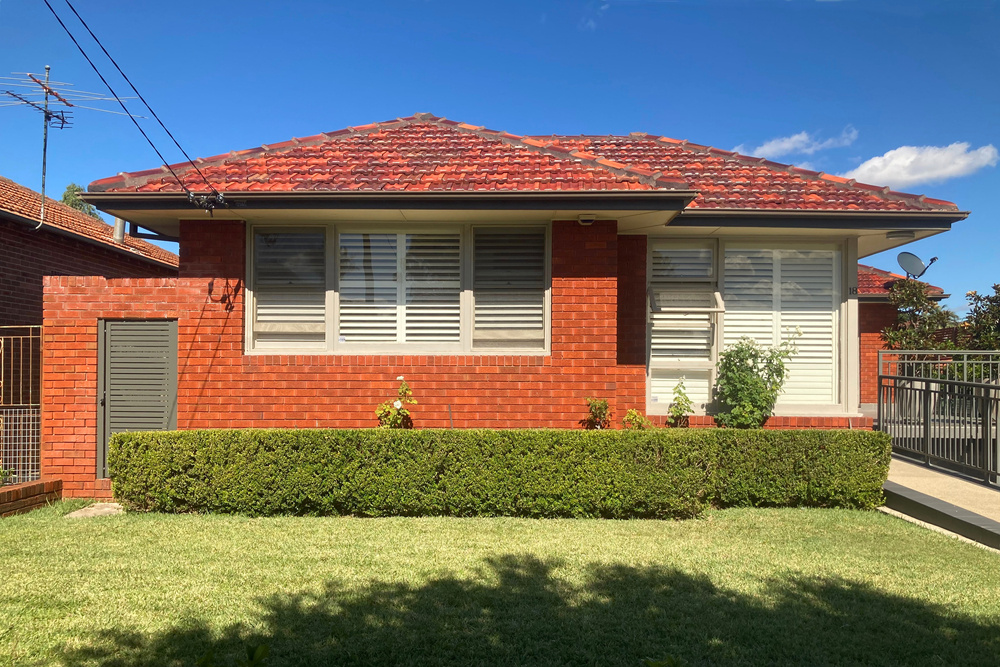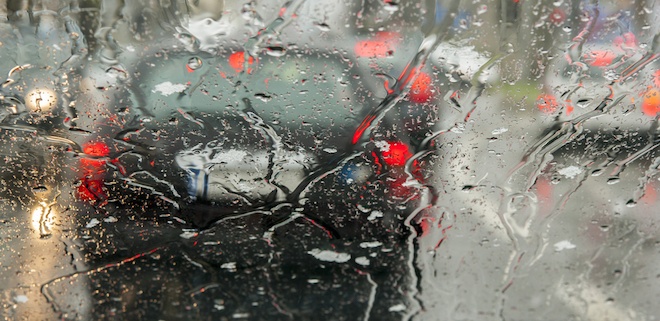
Jul
What to do if you're in your car when a storm hits
With Brisbane's Storm Season less than a month a way, we're continuing our focus on providing you with tips on what to do to both prepare for a storm and what you should do when a storm hits.
Sometimes, no matter how prepared you are, a severe storm can hit suddenly. This means that it's not uncommon to find yourself on the road when severe conditions occur. Knowing how to react is the most important step here, and this blog aims to provide you with the key points you need to know.

A storm hitting when you're in your car
If you happen to be in your car when a storm hits, there are some basic and important steps to be taken. The Brisbane City Council concludes the necessary steps in the following succinct manner: "if driving, stop clear of trees, powerlines and creeks". These are certainly the most important tips to remember, as trees, powerlines and creeks can all become potential risks during a severe storm - trees become a falling hazard, powerlines become a falling and electrocution hazard, and creeks may flood and risk catching your vehicle in the flood waters.
There are now a number of locations throughout the Brisbane area that have undeground powerlines, which makes these areas less risky than others during storms, but that doesn't mean above ground powerlines aren't still a frequent occurrence. If you can't avoid the powerlines themselves, at least do your best to avoid the power poles that hold them up. As long as you stay in your car, the actual powerlines themselves should hopefully not cause any harm, but a fallen power pole could smash windows and increase the hazard of electrified lines getting inside your vehicle.
With trees, the ideal situation is to avoid them as much as you can. But, much like powerlines, they tend to be fairly common throughout Brisbane streets. At the very least, try to park somewhere where the trees are small. That way, if they do happen to blow over, they're not as likely to damage your vehicle or smash open any windows/windshields. Of course, if you do find a good spot with a fairly good clearing, then that's a good place to park (provided the area also meets the criteria regarding powerlines and creeks).
Avoiding creeks is likely the easiest of the three tasks the Brisbane City Council notes, but it's not just creeks you should be accounting for. Any low-lying areas can often be at risk of flooding, too. Your best approach is try and park at the top of a hill or an elevated point within the area you're currently driving (e.g. a higher level of a shopping mall carpark). That way, if any low-lying areas do happen to flood, you and your car are less likely to get caught up in it.
A word of warning
No doubt you've heard the statements that the best place to stay when a storm hits if you're not at home or in another building is to stay in your car. There is certainly truth to this statement, but it's important to take note of a couple of specifics. The common myth is that cars are safe during lightning storms due to the tyres. However, the more accurate reality is that lightning is attracted to the metal roofing, hits it, and then courses across the exterior of the car before dispersing along the ground.
Not all cars necessarily have metal roofs or exteriors, though. Convertibles, for one, do not have metal roofs, and may not be as effective as keeping you safe from the outside conditions. And for those cars with metal roofs/exteriors, the lightning can still cause external damage such as deflating tyres or arcing. Another point of caution is that lightning currents can still flow through a vehicle's electrical systems and metal appendages, which can lead to interior risks. This may include things such as the radio, mobile phone chargers, GPS units, door handles, foot pedals, steering wheel, etc. In other words, you can still be electrocuted if you're not safe.
So what's the best approach? If you're out on the road when a storm hits, try to see if you can park your vehicle in an elevated space such as the aforementioned carpark - on a level that's still covered is ideal. You will be effectively protecting yourself far more as you get away from the elements and are far less to have your car struck by lightning.
If, however, you have no other choice but to park outside, then make sure after parking you turn off your engine, have all windows wound up and you sit still with your hands in your lap and not touching any part of the car that could become an electrical hazard (in other words, avoid any metal appendages or electrical components). Avoid using your mobile phone - keep it away from you if possible (put it in your glove compartment, for example).
As the storm passes, be patient. Observe what's happening outside while avoiding the aforementioned hazards. Do not leave your vehicle until the storm has passed and you know for sure that any lightning that has struck your vehicle has had enough time to pass. Lightning does move quickly, but give it at least five minutes if a strike does occur.
SEE ALSO: Securing your home for the return of Brisbane's Storm Season








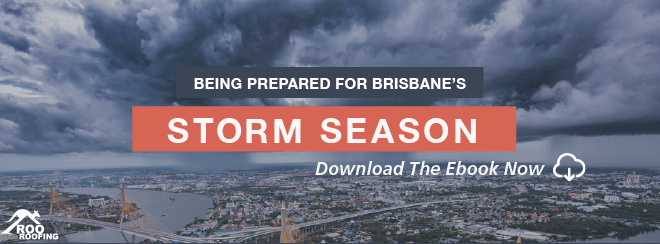
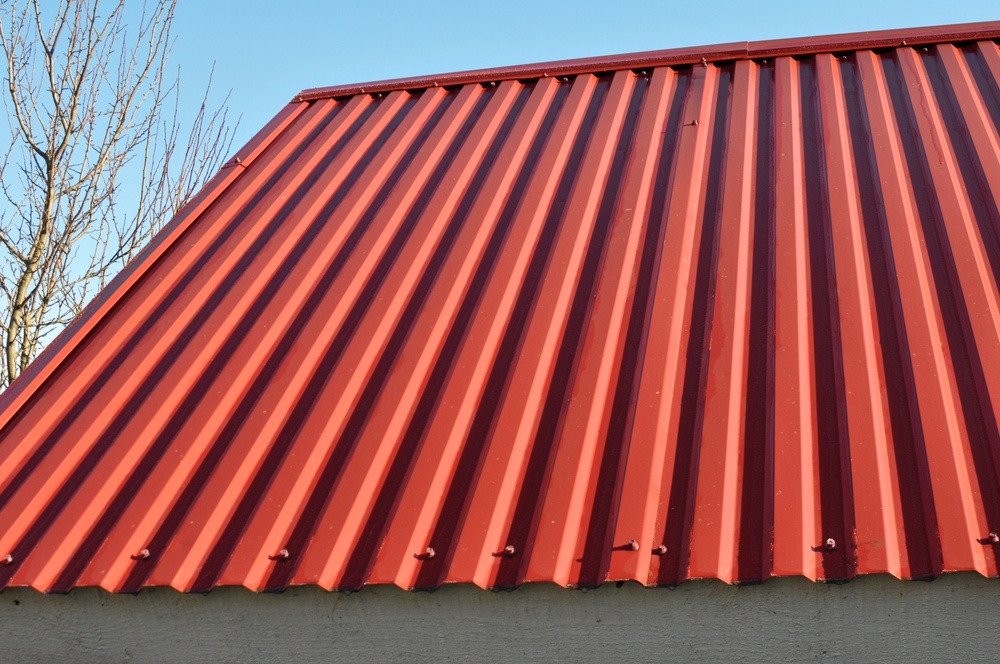
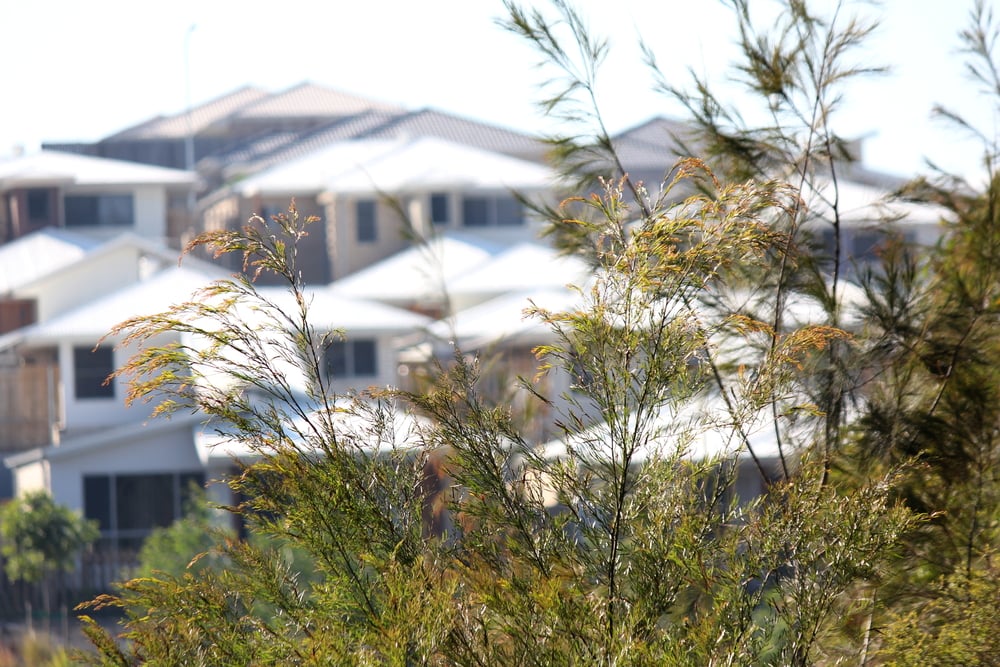


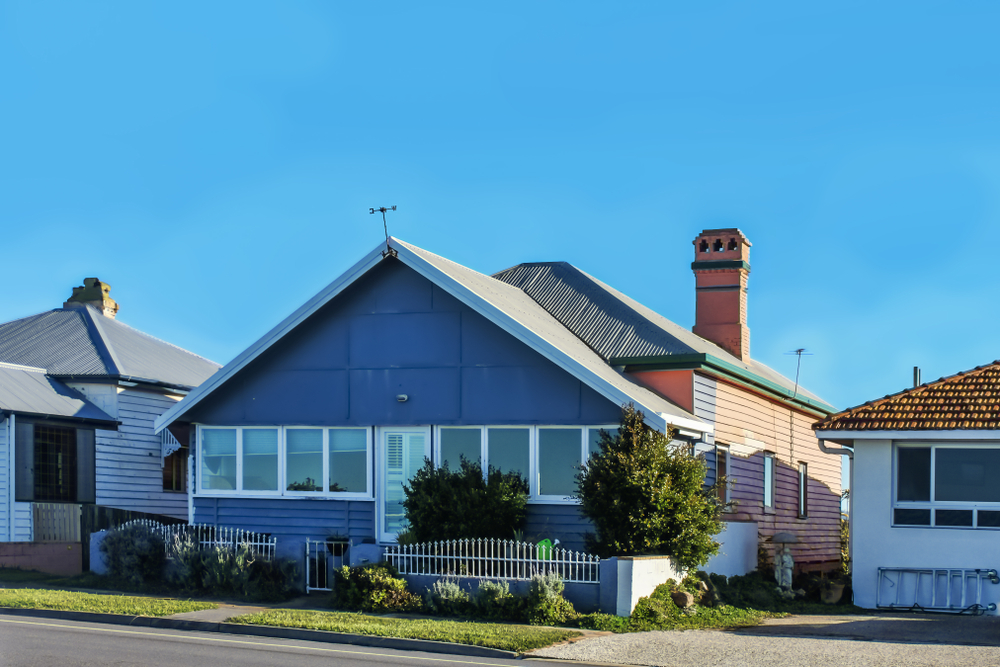
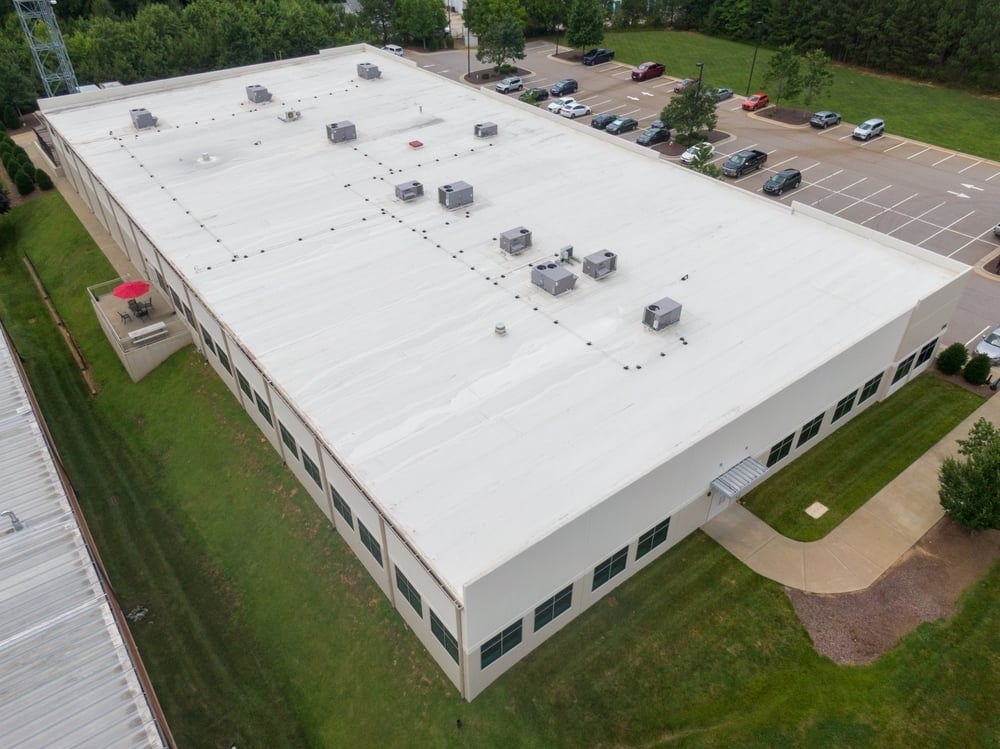
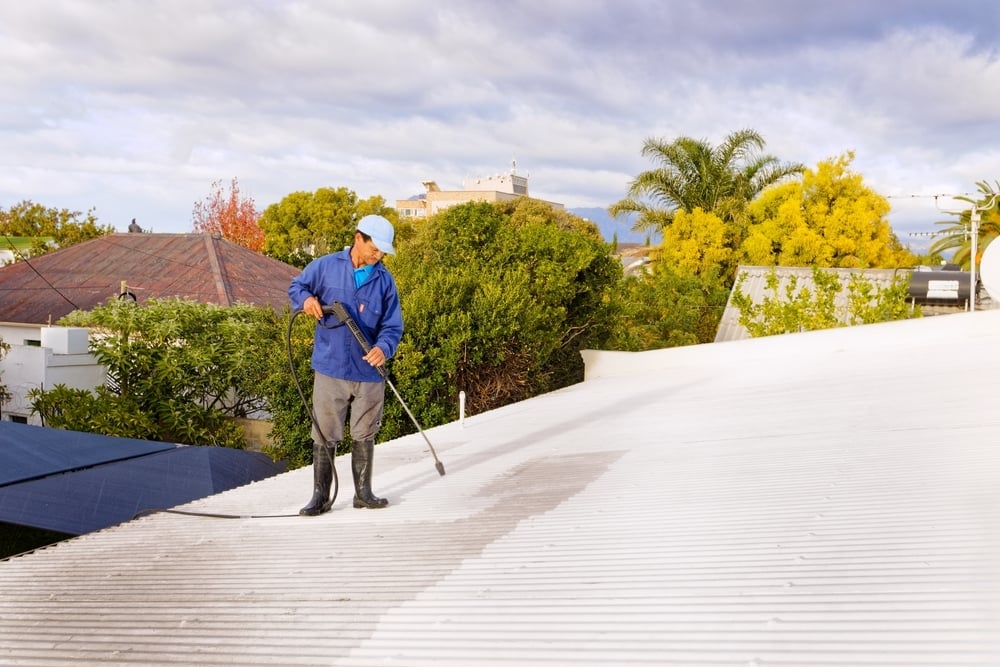
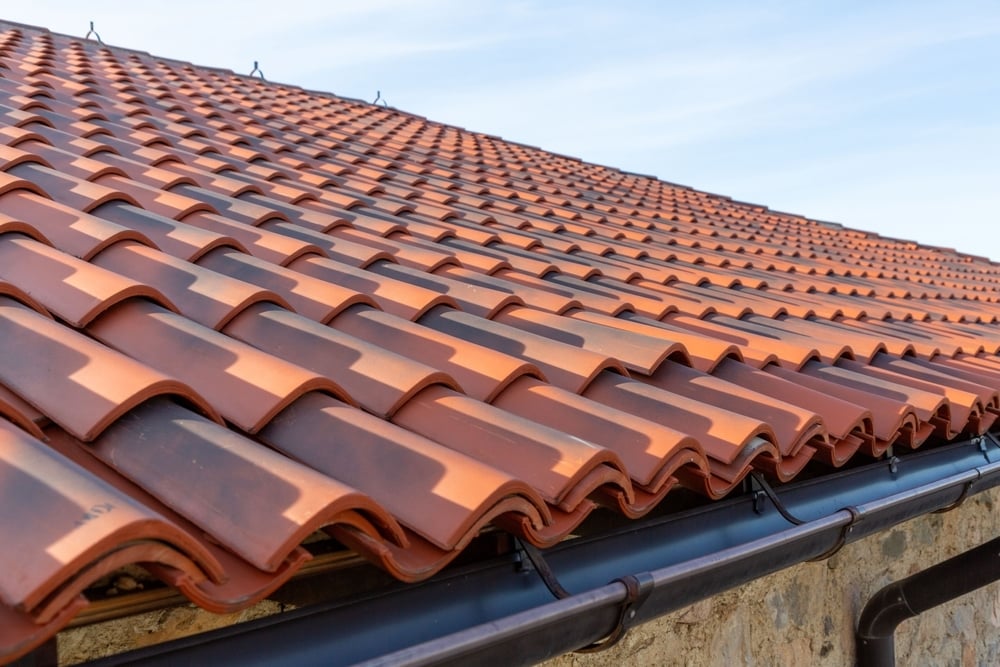
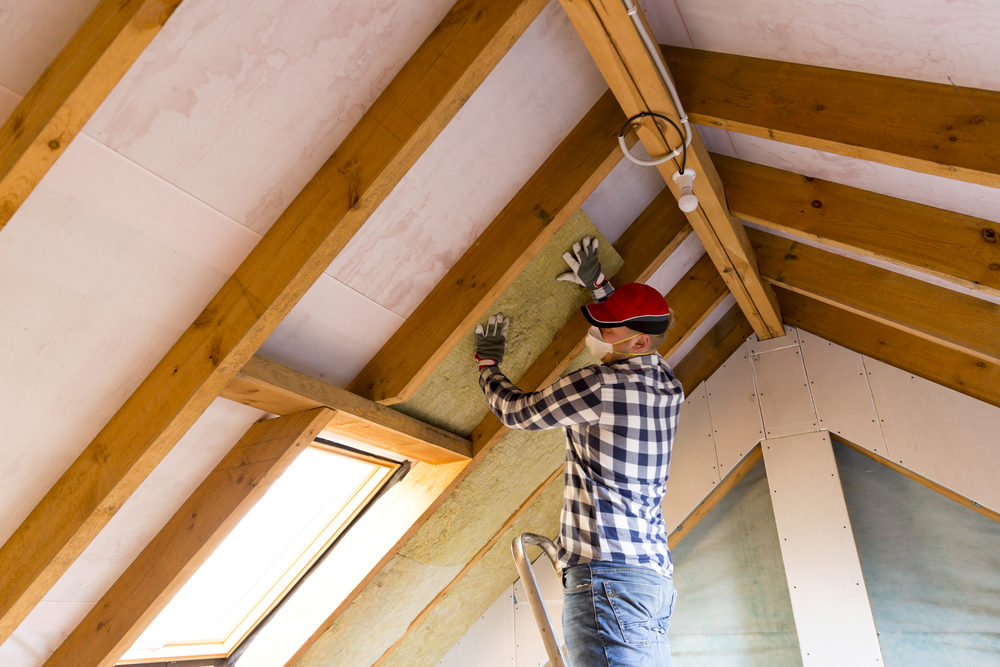
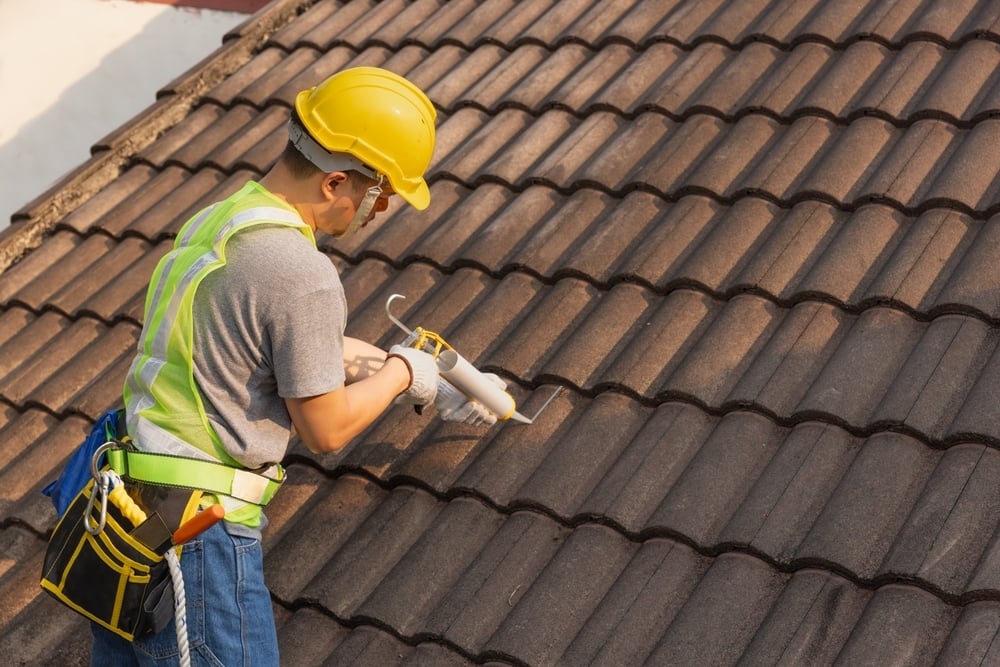
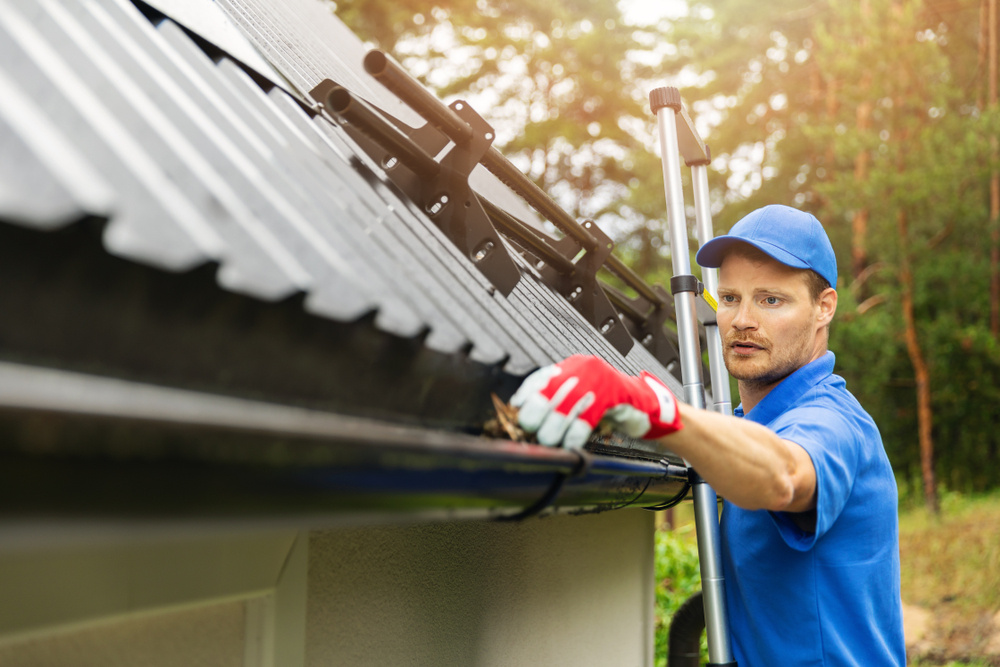

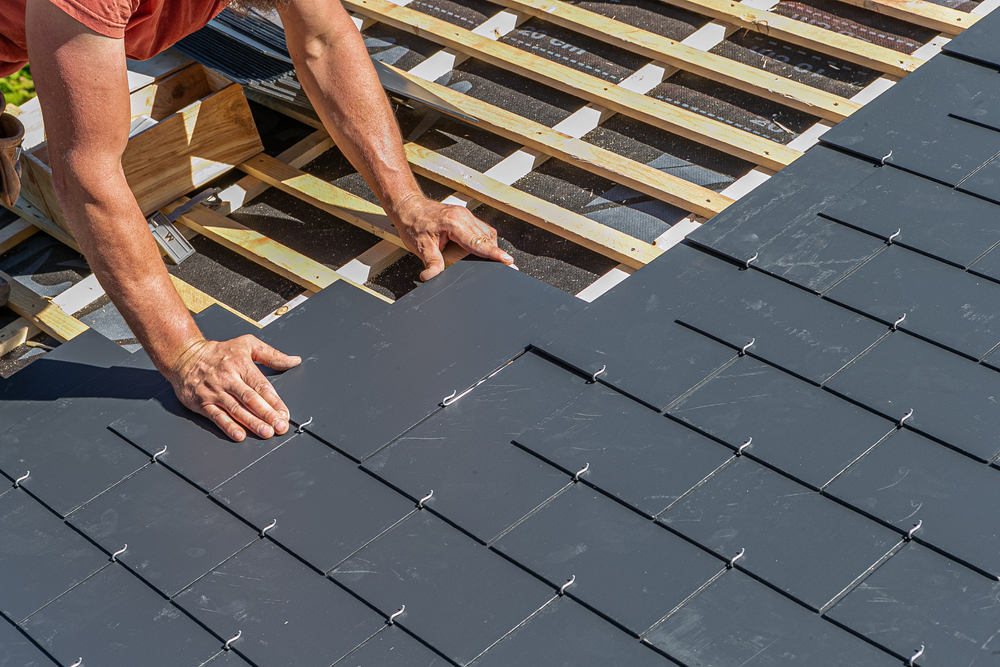
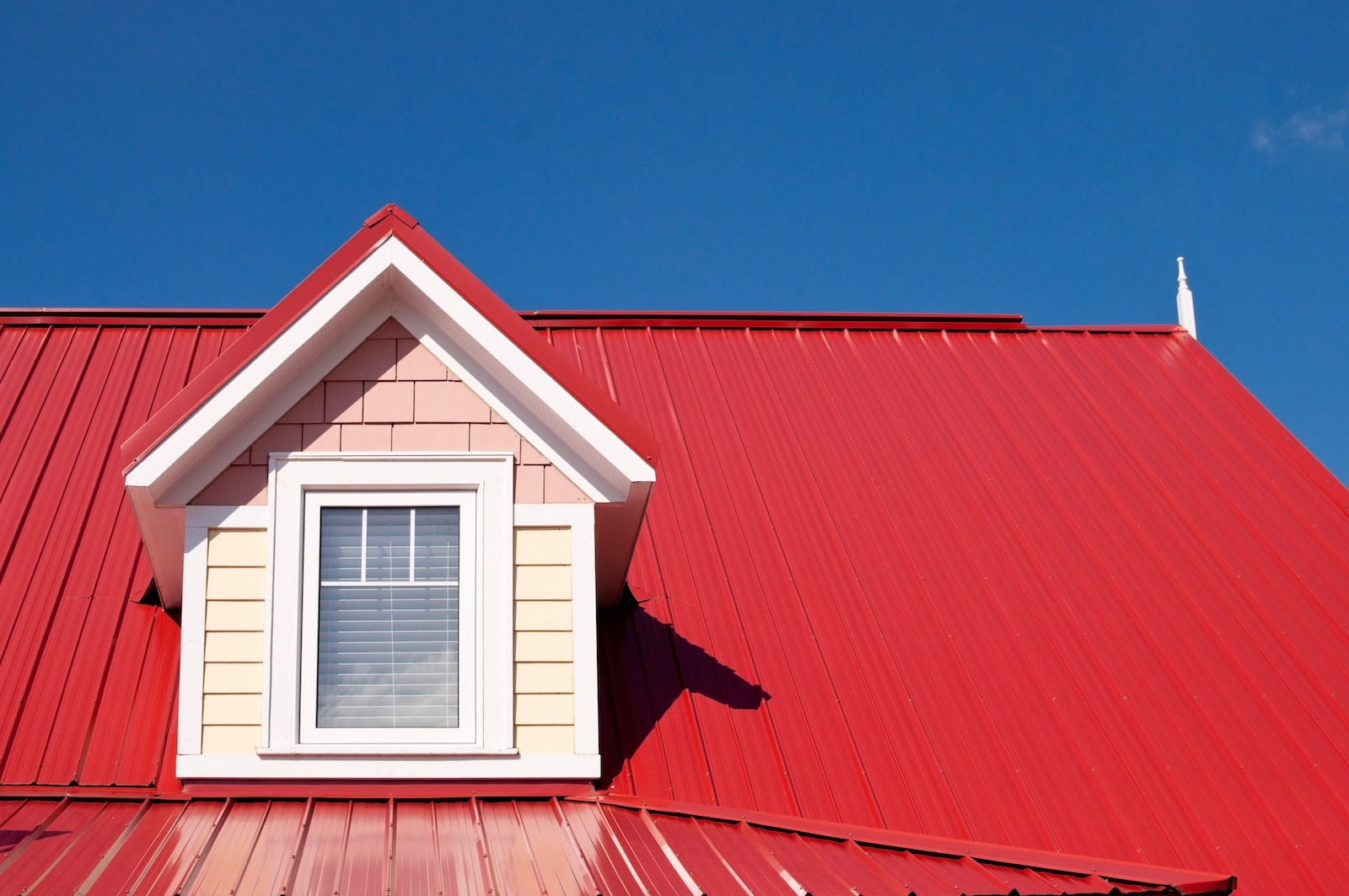
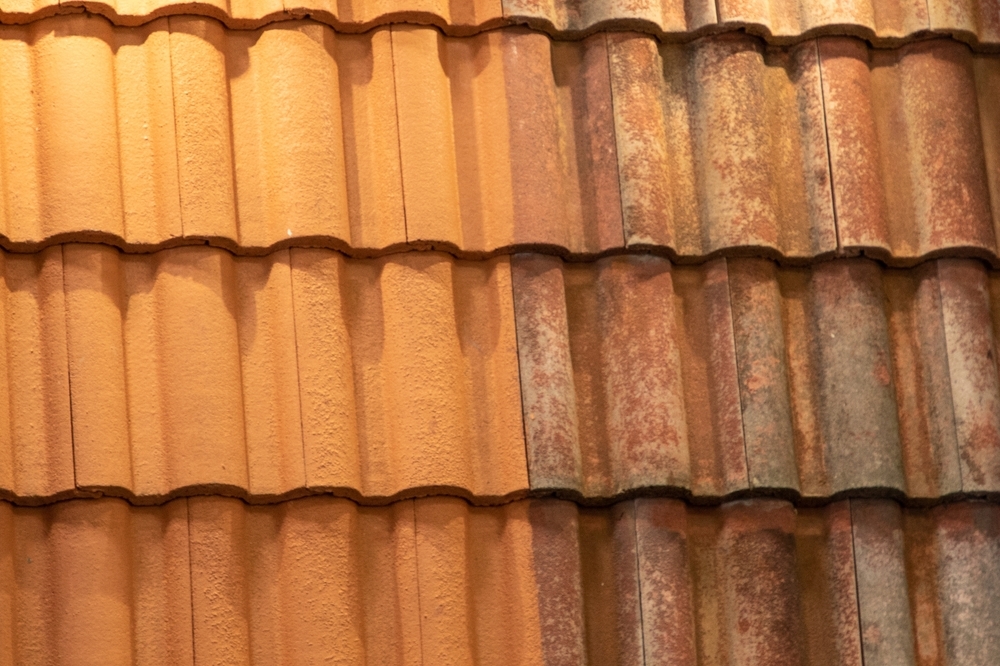
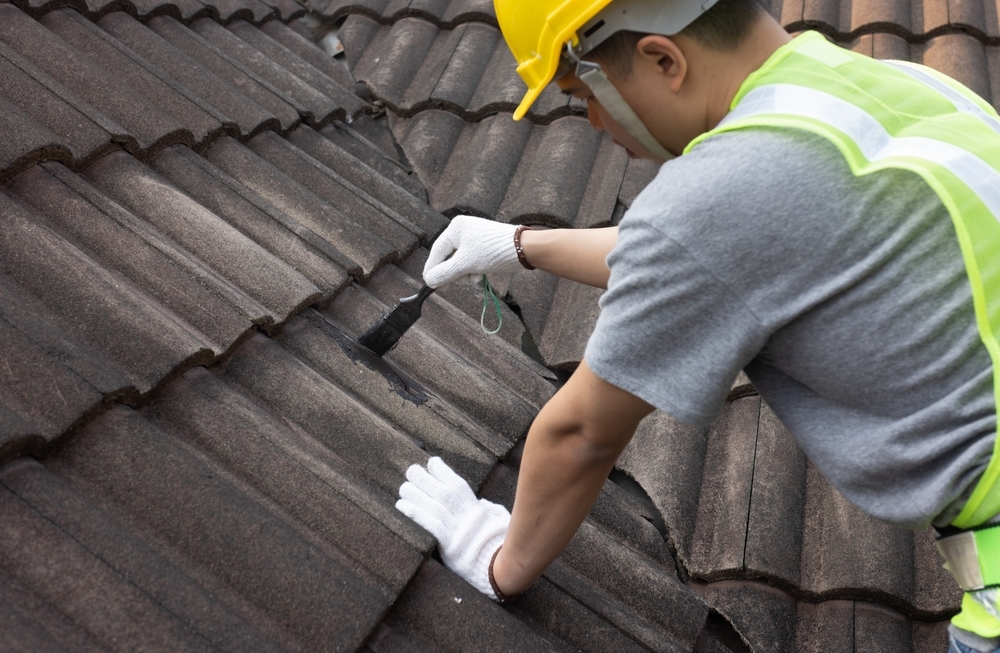
.jpg)
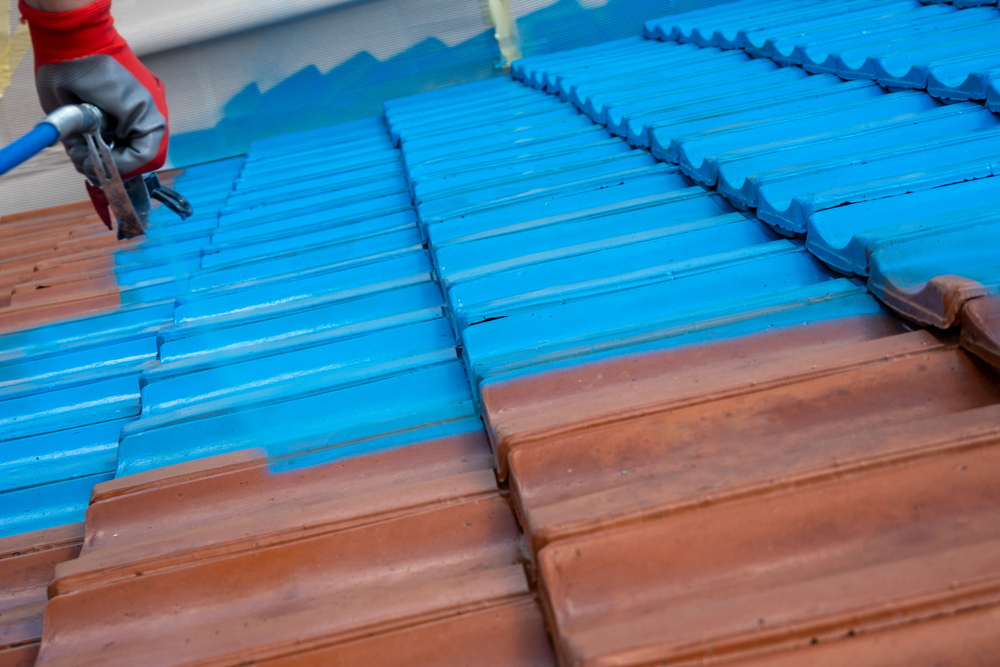
.jpg)
